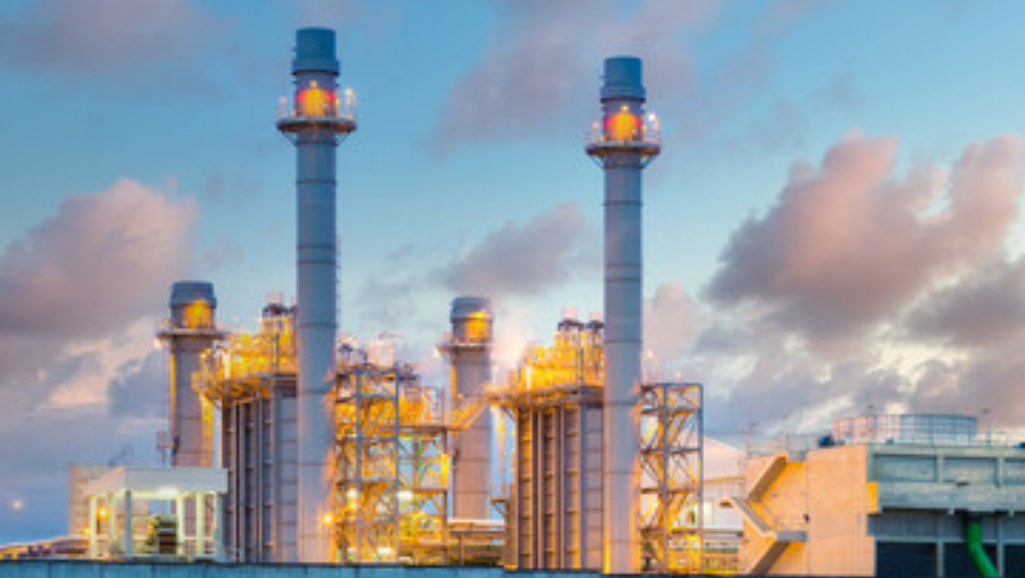Have you ever wondered how a nuclear power plant works? Well, let’s break it down for you. In a nuclear power plant, nuclear fission is used to generate heat, which is then converted into electricity. The reactor core, control rods, steam generation, turbine, generator, and cooling system all play crucial roles in this process. So, buckle up and get ready to dive into the fascinating world of nuclear power plants and discover how they work.
Nuclear Fission: The Fuel for Power
To understand how a nuclear power plant works, you must first grasp the concept of nuclear fission, which is the fuel that powers these facilities. Nuclear fission is a process in which the nucleus of an atom is split into two smaller nuclei, releasing a tremendous amount of energy. This chain reaction occurs when a neutron collides with a nucleus, causing it to become unstable and split. As a result, more neutrons are released, which in turn collide with other nuclei, continuing the chain reaction.
The energy released during nuclear fission is harnessed in a nuclear power plant to generate electricity. This process begins with fuel rods containing enriched uranium, which is bombarded by neutrons. When the uranium nucleus splits, it releases a significant amount of energy in the form of heat. This heat is then used to convert water into steam, which drives a turbine connected to a generator. As the turbine spins, it generates electricity.
It is important to note that nuclear fission is highly efficient in terms of energy release. A small amount of uranium can produce a large amount of power, making nuclear power plants a reliable and cost-effective source of electricity. However, the process also poses potential risks, such as the release of radioactive materials, which must be carefully managed to ensure the safety of both the plant and the surrounding environment.
Reactor Core: Where the Magic Happens
In the reactor core, the magic happens as neutrons continue to collide with uranium nuclei, sustaining the chain reaction and generating an immense amount of heat energy. This is the heart of a nuclear power plant, where controlled nuclear reactions take place. It is crucial to maintain reactor safety to prevent accidents and ensure the safe operation of the plant. Various safety measures are in place to achieve this, including:
- Robust containment structures: These structures are designed to withstand extreme conditions, such as earthquakes and explosions, to prevent the release of radioactive materials.
- Emergency cooling systems: In case of a loss of coolant or a sudden increase in temperature, these systems are activated to cool down the reactor core and prevent overheating.
- Strict operating procedures: Qualified operators follow strict guidelines and protocols to ensure safe and efficient operation of the reactor.
Additionally, managing nuclear waste disposal is a vital aspect of nuclear power plants. Byproducts of nuclear reactions, known as nuclear waste, must be handled and stored properly to minimize environmental impact and potential health risks. Specialized facilities are used to store and manage nuclear waste, ensuring its isolation from the environment for long periods. Stringent regulations and monitoring are implemented to ensure the safe handling and disposal of these radioactive byproducts.
Control Rods: Regulating the Nuclear Reaction
You can regulate the nuclear reaction in a nuclear power plant using control rods. Control rods play a crucial role in controlling the rate of the nuclear fission process by absorbing neutrons. Neutrons are produced during the fission process and are essential for sustaining the chain reaction. However, if left uncontrolled, an excessive neutron flux can lead to an uncontrollable release of energy. This is where control rods come into play.
Control rods are made of materials with high neutron absorption efficiency, such as boron or cadmium. When inserted into the reactor core, the control rods absorb the excess neutrons, reducing the neutron flux and slowing down the chain reaction. By adjusting the position of the control rods, the operators can fine-tune the reactor’s power output.
The absorption efficiency of the control rods is a critical factor in regulating the nuclear reaction. Different materials have different absorption capabilities, and the control rods are designed to be inserted or withdrawn to maintain the desired neutron flux. Too many control rods inserted can shut down the reactor, while too few control rods can cause an uncontrollable increase in power.
Steam Generation: Turning Heat Into Energy
After controlling the nuclear reaction with control rods, it is now time to move on to the next step in the process: generating steam to turn heat into energy. This crucial step involves harnessing the intense heat produced by the nuclear reaction and transferring it to water, which will then be converted into steam. This steam is what drives the turbines, which ultimately produce the electrical power we rely on.
To achieve this, the nuclear reactor’s heat is transferred to a separate water loop through a heat exchanger. This loop contains pressurized water, which is kept under high pressure to prevent boiling. The heat from the reactor causes the water in the loop to reach high temperatures, around 600 degrees Celsius.
The high-temperature water then passes through a series of pipes in the steam generator, transferring its heat to a second loop of water. This second loop, known as the steam loop, operates at lower pressure, allowing the water to boil and transform into steam. The steam produced is then directed to the turbines, where it expands and causes the blades to rotate, generating mechanical energy.
Turbine and Generator: Producing Electricity
To continue the process, the next step is to transform the mechanical energy generated by the rotating turbine blades into electricity. Once the high-pressure steam has passed through the turbine, it loses its energy and becomes low-pressure steam. This steam is then condensed back into water in the condenser and sent back to the steam generator to be reheated and used again. The turbine, which is connected to a generator, consists of a series of blades that rotate when the steam flows through them. This rotation converts the kinetic energy of the steam into mechanical energy.
The efficiency of the turbine is a crucial factor in the overall efficiency of a nuclear power plant. Higher turbine efficiency means more mechanical energy can be extracted from the steam, resulting in greater electricity production. Manufacturers continuously strive to improve turbine design and materials to increase efficiency and optimize power plant performance.
Once the mechanical energy is obtained, it is converted into electrical energy by the generator. The generator consists of a rotor and a stator. The rotor is connected to the turbine and spins within a magnetic field created by the stator. This rotation induces an electric current in the stator windings, generating electricity.
The electricity produced by the generator is then sent to the electrical grid for distribution. Integration with the electrical grid is crucial to ensure a stable and reliable power supply to consumers. Advanced control systems and synchronization mechanisms enable seamless integration and efficient utilization of the electricity generated by the nuclear power plant.
Cooling System: Keeping It All in Check
The cooling system plays a crucial role in maintaining the efficiency and safety of a nuclear power plant. It ensures that the reactor and other components do not overheat, which could lead to catastrophic failures. Here are three key aspects of the cooling system that you should know:
- Coolant: The cooling system uses a coolant, typically water or a mixture of water and chemicals, to absorb the excess heat generated by the reactor. This coolant circulates through the reactor core, absorbing heat from the fuel rods and other components.
- Heat Transfer Processes: The coolant transfers the absorbed heat to another medium, such as a secondary cooling system or the environment. This heat transfer process can occur through conduction, where heat is transferred through direct contact, or convection, where heat is transferred through the movement of the coolant.
- Maintenance: The cooling system requires regular maintenance to ensure its proper functioning. This includes monitoring the coolant level, checking for leaks, and inspecting the various components for signs of wear or damage. Regular maintenance helps prevent potential issues and ensures the cooling system’s reliability.
Proper cooling system maintenance and efficient heat transfer processes are essential for the safe and reliable operation of a nuclear power plant. By keeping the reactor and other components at optimal temperatures, the cooling system helps prevent overheating and maintain the plant’s efficiency.





